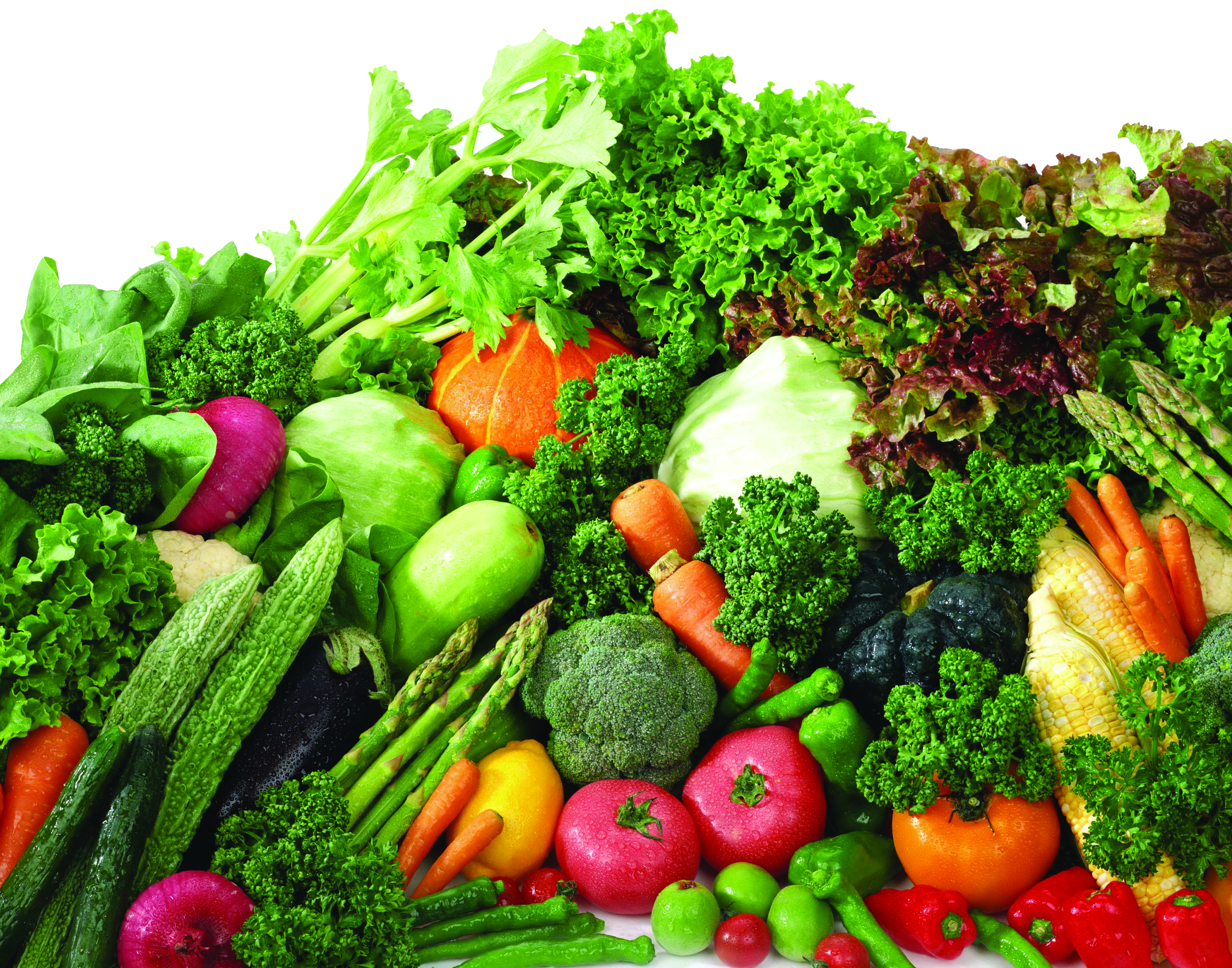
For many years, maize has been the primary crop in Tanzania, forming the backbone of smallholder farming. This reliance on maize limits income opportunities, as variable prices and unpredictable weather pose significant challenges. However, the growing demand for high-value fruit crops like mangoes, avocados, and papayas in global markets presents an opportunity for diversification.
The rising global interest in fresh and organic produce is driven by a trend towards health-conscious eating. While fruits are seasonal and affected by climate, Tanzania’s favourable climate and soil conditions give its farmers a competitive edge in meeting both local and international demands. The country’s potential is underscored by a recent generation of $2.32 billion from the export of 1.57 million tons of fruits and legumes, highlighting the economic growth prospects linked to fruit farming. To fully tap into this potential, further support and investment are necessary.
Government initiatives are aiding this transition, promoting fruit farming as part of a broader strategy for agricultural diversification and improved farmer income. Nearly one million fruit tree seedlings are being provided to farmers, setting the stage for increased fruit production.
Additionally, efforts to strengthen cooperatives include inspecting over 7,000 cooperative societies to enhance governance through training for officers, leaders, and executives. Plans also involve training more extension officers by collaborating with stakeholders on existing farmer training programs. However, support for market development and post-harvest opportunities remains vital for achieving significant progress.
Organizations like One Acre Fund are partnering with government initiatives to offer agronomic training, post-harvest support, and market connections, enabling farmers to turn fruit farming into a profitable business. Acknowledging the importance of market access for success, One Acre Fund is diligently working to obtain export permits and collaborate with local processors. For instance, they have secured export permits for Tanzanian cashew nuts bound for the Netherlands, and partnerships with processors such as Listram (Mama Cashew) in Mtwara ensure quality control and added value for international clients. They also plan to apply this effective model to fruit crops.
Post-harvest handling challenges persist. By improving training and investing in local processing facilities, losses can be minimized, quality can be maintained, and marketability can be enhanced.
Tanzanian smallholders can improve their livelihoods, diversify their income, and adapt to climate and market uncertainties by leveraging fruit tree farming. The increasing demand for high-quality fruits calls for expanded support that goes beyond just planting, aiming to create a comprehensive ecosystem that includes training, infrastructure, and dependable market access. A collaborative effort involving the government, private sector, and development partners can unlock the potential of fruit farming, positioning it as a valuable sector that contributes to sustainable development.
